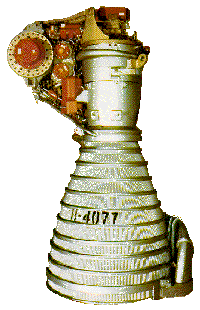Promoting Space Conferences on a Slow News Week
Those of us tracking the Space Conference News website will note today's large post of almost 40 space or aerospace focused conferences scheduled to occur next month under the title "Upcoming Events for the Month of September 2011." Of particular note to Commercial Space readers will be the Canadian events, which include:
With the big Canadian space and technology focused conferences (such as the Canadian Space Summit, the 2011 Canadian Science Policy Conference and the Canadian Aerospace Summit) generally occurring in November, it's worthwhile to stay tuned, since there will be be lots to look forward to over the upcoming months.
But for most of us, except perhaps the people at BC based MacDonald Dettwiler (MDA) who were involved in the August 29th, 2011 Canadian Newswire press release "MDA to develop advanced technology instruments for planetary exploration," this is officially the last week of our summer vacation.
Let's get our and enjoy it.
Those of us tracking the Space Conference News website will note today's large post of almost 40 space or aerospace focused conferences scheduled to occur next month under the title "Upcoming Events for the Month of September 2011." Of particular note to Commercial Space readers will be the Canadian events, which include:
- The bimonthly Canadian Space Commerce Association (CSCA) meeting, focused on the “2011 Futron Space Competitiveness Index and How Canada Compares,” which will be held in Toronto, Ontario on September 8th.
 |
| CSSA logo. |
- The 2011 Canadian Student Summit on Aerospace, organized by the Canadian Aeronautics and Space Institute (CASI), which will be held in Toronto, ON from September 16th - 17th.
- The bimonthly Canadian Space Society (CSS) Ottawa Chapter meeting, focused on a review of the Carleton team's Cu3Sat entry in the Canadian Satellite Design Challenge, which will be held in Ottawa, Ontario on September 21st.
- The American Bar Association (ABA) Forum on Air and Space Law, which will hold its 2011 Annual Conference (co-sponsored by McGill University) in Montreal, PQ from September 22nd - 23rd.
- The Canadian Space Agency (CSA) Workshop on the Utilization of Field Programmable Gate Arrays (FPGA's) in Canadian Space Missions, which will be held in St-Hubert, Quebec from September 27th - 28th.
With the big Canadian space and technology focused conferences (such as the Canadian Space Summit, the 2011 Canadian Science Policy Conference and the Canadian Aerospace Summit) generally occurring in November, it's worthwhile to stay tuned, since there will be be lots to look forward to over the upcoming months.
But for most of us, except perhaps the people at BC based MacDonald Dettwiler (MDA) who were involved in the August 29th, 2011 Canadian Newswire press release "MDA to develop advanced technology instruments for planetary exploration," this is officially the last week of our summer vacation.
Let's get our and enjoy it.




















